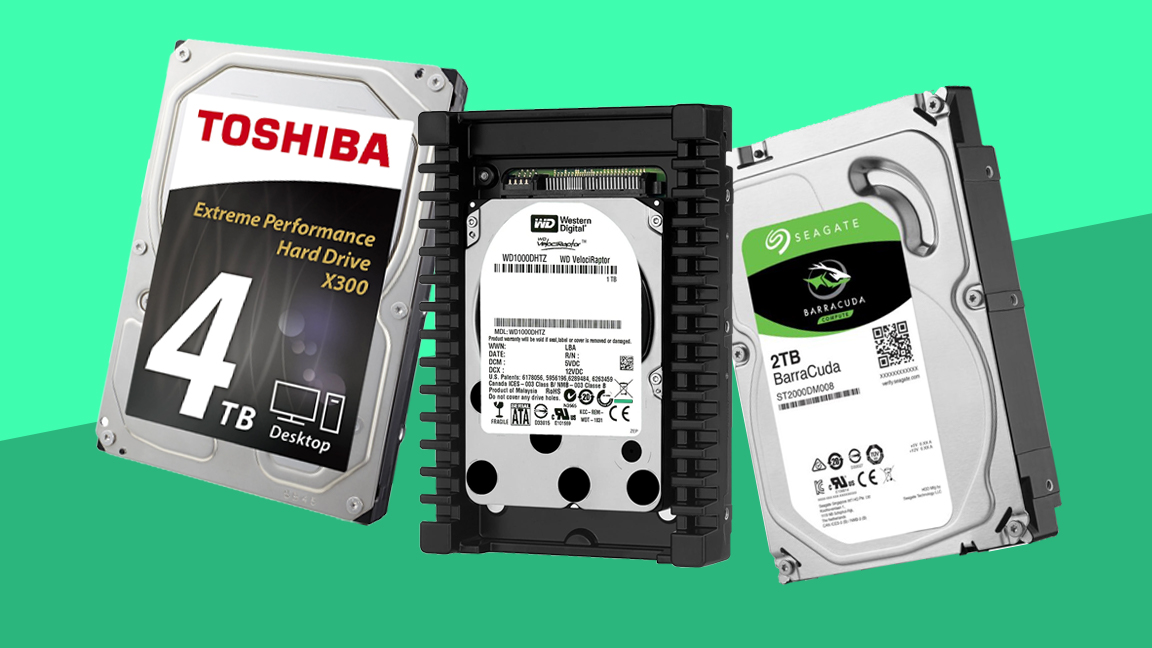
- #Best hard drives for mac video editing for mac
- #Best hard drives for mac video editing mac os x
- #Best hard drives for mac video editing archive
- #Best hard drives for mac video editing portable
Therefore, always better to go for USB 3.0 considering the compatibility of PCs and Mac.
#Best hard drives for mac video editing for mac
There are Thunderbolt and eSATA port external hard drivers for Mac too, but you should consider the compatibility with other old Mac machines and Windows PC when you buy the external hard disk.
#Best hard drives for mac video editing mac os x
When you have an external hard drive for Mac, you must consider the USB 3.0 support, speed of data transfer rate, Mac OS X and applications’ support and Time machine backup. The power adapter is not required here and it can work only with a USB cable/port. Notebook class (portable type) is with 2.5-inch mechanism power hard disk.
#Best hard drives for mac video editing portable
So, if you want a portable external hard drive for your Mac book or Mac air laptops, then this is not for you. Of course, you can move and take it with you, but it should be connected to power always. So, mostly this is not portable, suitable to keep in one place, either your home or office desk. Worse, on Windows, those partitions top out at just 32 GB.This to Consider When you buy an External Hard drive for your Mac Type: Desktop class or portable type.ĭesktop class external hard drives for Mac have a 3.5-inch mechanism hard disk which needs a power adapter. FAT32 partitions are limited to 2 TB maximum on a Mac. Even more troubling are partition size restrictions and file size limitations. The system offers zero security and creates large data clusters that wasted disk space. The bad news with FAT32 is related to security and size. The good news is a FAT32 drive can be used on any Mac or Windows operating system. The very definition of an oldie but a goodie, FAT32 may be approaching its 25 th birthday but it has still got some useful life left for a very specific application. Or for a photographer who needs to shuttle files between a Windows workstation and a Mac. This makes it an ideal format when platform agnosticism is important-such as file delivery for client uses and in work environments where multiple users on multiple machines need read/write access to the data on the drive.

exFATĪ very versatile format, exFAT hard drives can be used interchangeably on many Mac and Windows operating systems without the limitations to partition size and file size. With third-party programs such as Paragon’s APFS for Windows and MacDrive APFS, APFS-formatted drives can be read and written via Windows PCs. One additional APFS benefit is for those who may need their drive to interact with Windows machines. Designed with flash media in mind, APFS is the new default drive format and a great option for security and speed-particularly with increasingly popular solid state drives (SSDs). With the 2017 advent of the High Sierra version of Mac OSX, Apple introduced a new file system. There’s a fourth Mac OS Extended formatting option that combines all three of the aforementioned quirks for those who want it all: “Mac OS Extended – Case-sensitive, Journaled and Encrypted.” APFS That means a file named “john_smith_portrait.jpg” and the file “John_Smith_Portrait.jpg” could exist separately side by side. Unlike the standard in the Mac universe, “Mac OS Extended-Case-sensitive” adds another layer of specificity to file and folder names based on capitalization. “Mac OS Extended-Encrypted” uses password-protected encryption to secure the data on individual disk partitions. For several years, the Mac formatting standard has been “Mac OS Extended-Journaled,” which helps prevent corrupted data in case of power outage, improper ejection or drive failures.

There are actually a few subcategories in the Mac OS Extended family, which can be selected when formatting a drive in Mac’s Disk Utility. It’s an ideal format for photographers who need only to access their images and video files on a computer running the Mac operating system because HFS+ isn’t readable by Windows machines. Built to replace the original Hierarchical File System (HFS) more than 20 years ago, HFS+ is better known by a different name: Mac OS Extended.

So, if you need more workflow versatility than this one-way transfer allows, consider another format such as APFS for Mac-first applications or exFAT for true interchangeability. If you want to be able to transfer files to a Mac, NTFS can accomplish that too-but with one caveat: files can’t be written or deleted when the drive is connected to a Mac. NTFS has long been the default Windows file format, which makes it an incredibly useful choice if your primary machine runs any Windows operating system. Unless your new hard drive was factory formatted for use with a Mac, it’s likely formatted NTFS. Here’s help to choose the right hard drive format whether you use a Windows PC, a Mac or both.
#Best hard drives for mac video editing archive
Whether you’ll be using it to back up photos for travel, shuttle video files from machine to machine or archive files for the long term, the format you choose for the disk makes a big difference. There are several factors to consider when it comes time to format an external hard drive.


 0 kommentar(er)
0 kommentar(er)
